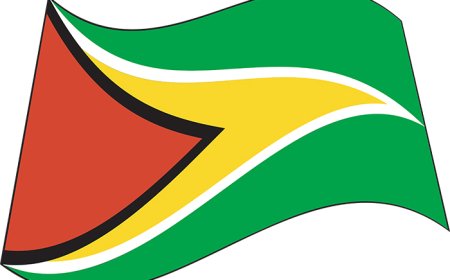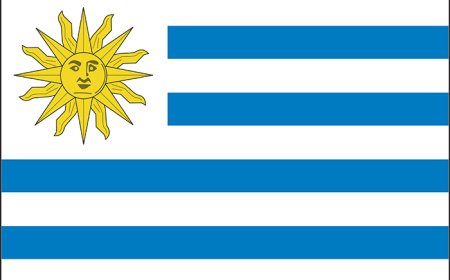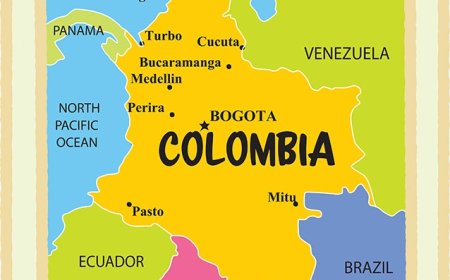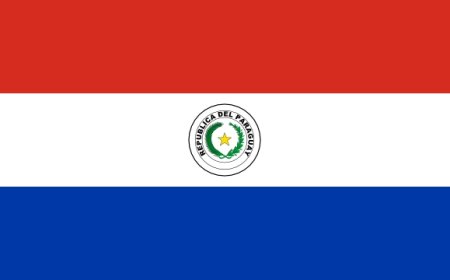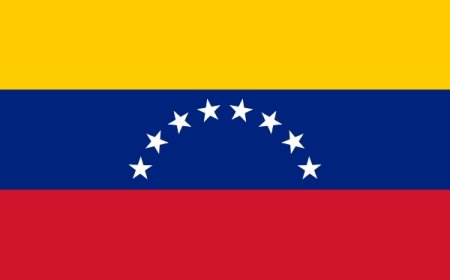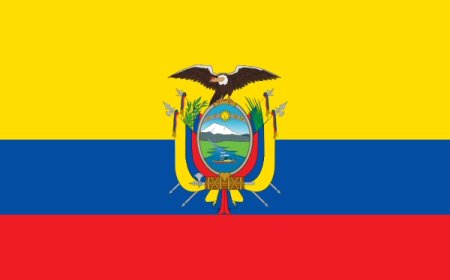Bolivia Facts for Kids: Geography, Culture & History
Discover Bolivia’s mountains, traditions, and wildlife in this fun, kid-friendly guide for students
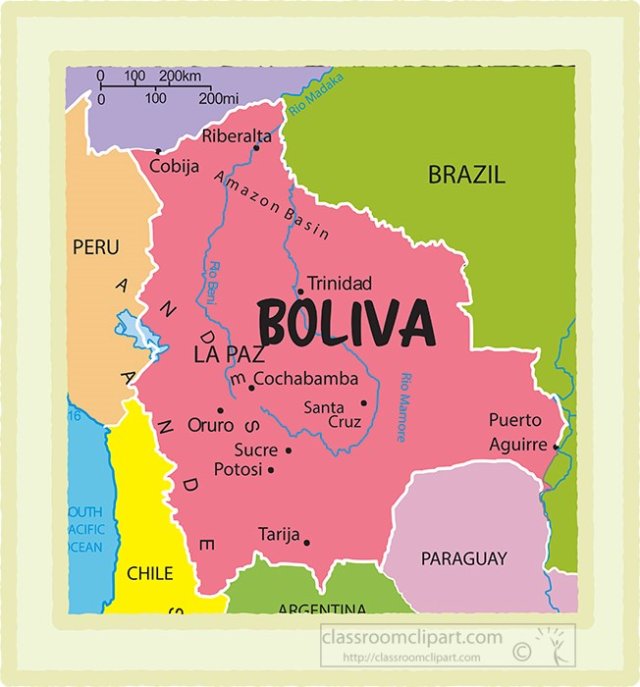
🌎 Introduction
Bolivia is a landlocked country in the heart of South America, known for its towering mountains, colorful festivals, and rich mix of cultures. It has two capital cities-La Paz and Sucre-and is home to parts of both the Andes Mountains and the Amazon Rainforest. With over 30 official languages and stunning natural wonders, Bolivia is one of the most unique countries in the world.
🗺️ Geography & Climate
Bolivia borders Brazil, Paraguay, Argentina, Chile, and Peru. It has three main regions:
-
The Altiplano: A high plateau in the Andes, where many of the largest cities are located
-
The Yungas: A steep area with cloud forests
-
The Lowlands: Includes the Amazon Basin with hot, humid weather
The climate changes a lot depending on elevation:
-
Cool and dry in the mountains
-
Warm and rainy in the lowlands
Bolivia is one of only two landlocked countries in South America (the other is Paraguay).
📜 History
Long before Europeans arrived, Bolivia was home to powerful Indigenous civilizations like the Tiwanaku and the Inca Empire. These cultures built cities, roads, and farming terraces high in the Andes.
In the 1500s, Spanish explorers took control and made Bolivia part of their empire. They mined huge amounts of silver from Potosí, a mountain city that became one of the richest in the world at the time.
After years of fighting for freedom, Bolivia gained independence from Spain in 1825. It was named after Simón Bolívar, a leader who helped free much of South America.
Since then, Bolivia has faced changes in leadership, including periods of democracy and military rule. In recent years, the country has worked to strengthen its democracy and give more rights to Indigenous peoples.
🏛️ Government
Bolivia is a democratic republic with three main branches:
-
President - Elected every five years and serves as both head of state and head of government
-
Plurinational Legislative Assembly - Makes laws and includes two chambers: the Chamber of Deputies and the Senate
-
Supreme Court - Interprets the law and ensures it follows the constitution
Bolivia has nine departments (similar to states), each with its own local government. The constitution also recognizes the rights of Indigenous communities to govern themselves in traditional ways.
💰 Economy & Natural Resources
Bolivia's economy is based on farming, mining, and natural resources. Key products include:
-
Minerals: tin, silver, and lithium (used in batteries)
-
Agriculture: quinoa, coffee, soybeans
-
Natural gas exports
Tourism is growing, with visitors coming to see places like the Uyuni Salt Flats and Lake Titicaca.
👨👩👧 People & Culture
Bolivia has one of the largest Indigenous populations in South America. About 60% of the people identify as Indigenous, including Aymara, Quechua, and Guaraní groups. This makes Bolivia's culture a blend of ancient traditions and Spanish influences.
Colorful clothing, traditional music, and festivals are important parts of life. The Oruro Carnival is one of the biggest celebrations, featuring parades, dancing, and elaborate costumes.
Popular foods include:
-
Salteñas (savory pastries)
-
Quinoa soup
-
Api con pastel (a sweet purple corn drink with fried pastries)
🗣️ Languages & Religions
-
Official Languages: Spanish plus over 30 Indigenous languages, including Quechua, Aymara, and Guaraní
-
Religion: Most people are Roman Catholic, but many blend Christian beliefs with Indigenous traditions
🎓 Education & Traditions
School is required for children from ages 6 to 17, and education is free in public schools. Many schools teach both Spanish and an Indigenous language.
Bolivian traditions include weaving colorful textiles, playing traditional Andean music, and celebrating festivals tied to farming and the seasons.
🐾 Animals & Environment
Bolivia's ecosystems include mountains, rainforests, and grasslands. Native animals include:
-
Llamas and alpacas in the Andes
-
Pink river dolphins in the Amazon
-
Giant anteaters
-
Andean condors
Bolivia also has one of the world's largest salt flats, Salar de Uyuni, and part of Lake Titicaca, the highest navigable lake in the world.
🏙️ Major Cities & Landmarks
-
La Paz - The administrative capital, the highest capital city in the world
-
Sucre - The constitutional capital and a UNESCO World Heritage site
-
Santa Cruz de la Sierra - A growing economic hub in the lowlands
Famous landmarks:
-
Salar de Uyuni (Uyuni Salt Flats)
-
Lake Titicaca
-
Tiwanaku ruins
-
Death Road (a famous mountain biking route)
🎉 Fun Facts About Bolivia
-
Bolivia has two capital cities: La Paz and Sucre
-
Home to the world's largest salt flat, Salar de Uyuni
-
Named after independence hero Simón Bolívar
-
Lake Titicaca is the highest navigable lake in the world
-
The Andean condor has the largest wingspan of any land bird
-
Some roads in Bolivia reach heights over 15,000 feet above sea level
🧒 Kid-Friendly Summary
Bolivia is a mountain-filled country with colorful traditions, ancient ruins, and amazing wildlife. It has two capitals, dozens of languages, and festivals full of music and dancing. From llamas in the Andes to pink dolphins in the Amazon, Bolivia is full of surprises!
📚 Vocabulary Words
| Word | Definition |
|---|---|
| Landlocked | A country with no ocean or sea borders |
| Plateau | A large, flat area of land that is higher than the land around it |
| Indigenous | The first people living in an area before others came |
| Quinoa | A grain-like crop grown in the Andes |
| Salt Flat | A large, flat area covered with salt |
| Constitution | A set of laws and principles for how a country is governed |
| Carnival | A festival with music, costumes, and dancing |
| Altiplano | A high plateau in the Andes Mountains |
| Export | Goods sold to another country |
| Ecosystem | A community of plants, animals, and their environment |
🧠 Interactive Quiz: Test Your Bolivia Knowledge!
1. How many capital cities does Bolivia have?
A. One
B. Two
C. Three
D. Four
2. What is the name of Bolivia’s famous salt flat?
A. Atacama
B. Uyuni
C. Sahara
D. Chaco
3. What animal is common in Bolivia’s mountains?
A. Kangaroo
B. Llama
C. Camel
D. Reindeer
4. What is Lake Titicaca known for?
A. Being the deepest lake
B. Being the largest lake in the world
C. Being the highest navigable lake in the world
D. Being the warmest lake
5. What is Bolivia named after?
A. A mountain
B. A leader
C. A river
D. A city
6. Which mountain range covers much of Bolivia?
A. Himalayas
B. Andes
C. Rockies
D. Alps


















































